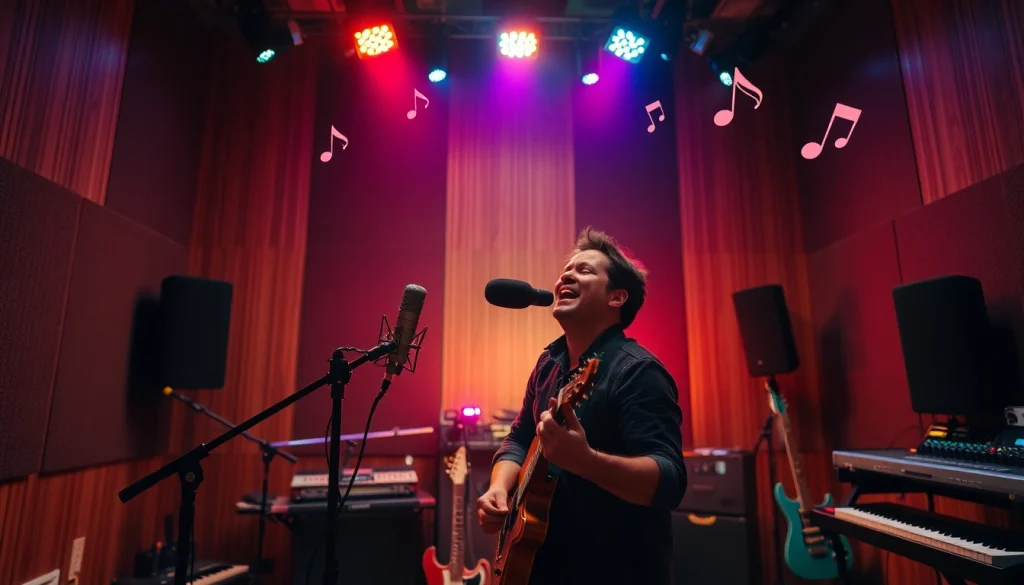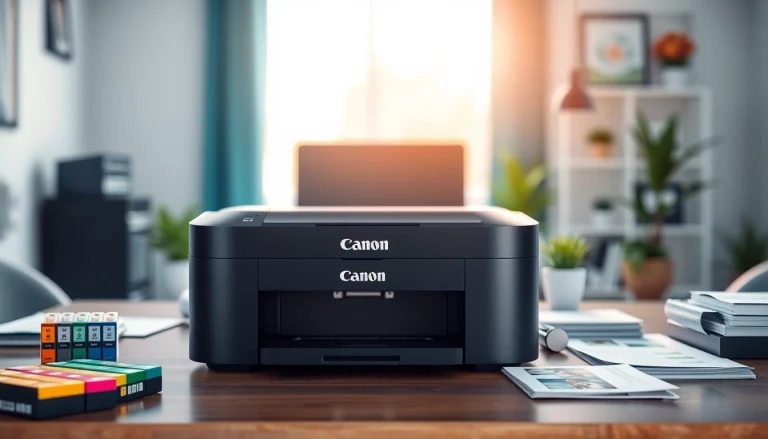
Understanding Music Pitching
What is Music Pitching?
Music pitching is the process of presenting your music to various industry professionals with the intent to gain exposure and success. This includes efforts to get placements on playlists, radio stations, blogs, film, television, and other media outlets. To effectively pitch your music means to communicate not just the essence of your song, but also why it deserves a spotlight in a crowded industry. This art involves strategic planning, connection-building, and a keen understanding of the audiences you’re trying to reach. For beginner artists and established musicians alike, mastering the art of music pitching is crucial for a successful career.
The Importance of Music Pitching in Today’s Industry
The music industry has evolved tremendously with the rise of technology and the democratization of music distribution. As a consequence, the competition has intensified. Pitching, therefore, has become not just a valued skill; it is now an indispensable part of a musician’s toolkit. This is particularly important as music consumption continues to skew towards streaming platforms like Spotify, which receive countless submissions daily.
Effective music pitching ensures that your unique sound reaches the right audiences. It can facilitate collaborations, secure placement in key playlists, and influence a broader reach to new fans. Additionally, a successful pitch can also lead to invaluable industry relationships that can propel an artist’s career forward.
Common Platforms for Music Pitching
With many platforms available, choosing where to pitch your music can be overwhelming. Here are some key venues:
- Spotify: Spotify is at the forefront of music streaming, with its curated playlists holding substantial weight in music discovery.
- Apple Music: Similarly, Apple Music offers resources for artists to pitch their music for playlist consideration.
- SoundCloud: This platform is known for its independent music scene; it’s a great outlet for new artists looking to get discovered.
- YouTube: Utilize music videos, lyric videos, and live performances to create more engagement with your audience.
- Blog Posts/Influencers: Reaching out to music blogs and influencers can add credibility and visibility to your music.
Selecting Your Audience for Music Pitching
Identifying Your Target Curators
The first step in crafting a successful pitch is determining who will hear it. Music curators can range from playlist managers to music bloggers and radio DJs. Understanding whom you should connect with hinges on a few factors:
- Genre Fit: Research curators that align with your genre. A curator who specializes in pop might not be interested in your metal tracks.
- Audience Demographics: Know who listens to your music and where they are. This insight can help you target curators who engage similar audiences.
- Past Roster: Look at which artists a curator has previously supported. If they have a history of sharing similar sounds, they are a better target for your pitch.
Researching Playlist Types and Audiences
Before sending your music out, it is crucial to effectively research the playlists you’re targeting. There are generally three types of playlists:
- Curated Playlists: These are professionally curated by platforms or companies. Getting onto one of these is a significant achievement.
- User-Generated Playlists: Often created by fans, these playlists have the potential to connect you with a passionate audience.
- Algorithmic Playlists: Automated playlists often rely on user behavior and previous interactions.
Understanding these types helps in tailoring your pitch to meet the curator or audience’s expectations. For instance, algorithmic playlists might require a focus on your streaming numbers, while curated playlists may require a more personal touch.
Using Analytics to Pinpoint the Right Fit
Data analytics can be a musician’s best friend when it comes to pitching. Platforms like Spotify for Artists and Apple Music Analytics provide essential metrics about who is listening, where they are located, and how they engage with your music. This information should inform your pitching strategy. Align your pitches with curators who cater to audiences similar to the ones you are already reaching.
Crafting the Perfect Music Pitch
Essential Elements of a Music Pitch
Creating an effective pitch involves several essential elements:
- A Strong Subject Line: Grab attention right away. Keep it concise yet informative.
- Personal Introduction: Establishing rapport with a curator in the opening lines can make a significant difference.
- Link to Your Music: Include a streaming link to your music—make it as easy as possible for the curator to listen.
- Background Information: Provide a brief context about the track, including its creation story, themes, and mood.
- Call to Action: Politely ask the curator for feedback or a specific action.
Personalization and Customization Techniques
Personalization is arguably the most potent tool in the music pitching arsenal. Tailor each pitch to the individual curator by addressing them by name and referencing previous works or playlists they have curated. Show that you’ve done your homework and genuinely appreciate their catalog. This can markedly increase your chances of getting a response.
Showcasing Your Unique Sound Effectively
One major challenge artists face is conveying their uniqueness in a saturated market. To stand out, use high-quality recordings when linking to your music, and ensure that your social proof—like follower counts or streaming figures—reinforces your talent. Consider including notable collaborations or previous placements in your pitch to illustrate your credibility.
Best Practices for Music Pitching
Avoiding Common Mistakes in Music Pitching
A voiding common pitfalls can dramatically improve your pitching success. Here are a few mistakes to steer clear of:
- Generic Messages: Never send blanket pitches that appear insincere or uninformed.
- Too Much Information: Be concise; curate your message to deliver essential information without overwhelming the reader.
- Neglecting Follow-up: If you don’t hear back, a polite follow-up can show your continued interest without being pushy.
How Timing Affects Your Pitch Success
Timing your pitch can make or break your chances of success. For instance, submitting your music to Spotify’s playlist editors should be done at least 7 days in advance of your release date. This timeframe allows the curators ample opportunity to listen to your track and consider it for their playlists. Knowing promotional calendars in your genre can also give you an edge; avoid pitching during known busy periods when curators may be swamped.
Follow-ups: When and How to Reach Out
After the initial pitch, it’s essential to have a follow-up strategy. A good rule of thumb is to wait about one to two weeks after sending your pitch to touch base with the curator. Keep your follow-up professional and straightforward, expressing gratitude for their time and reiterating your interest in collaboration. This courtesy can leave a lasting positive impression.
Measuring Your Music Pitching Success
Evaluating Responses and Feedback
Recognizing the responses to your music pitches is essential for determining future strategies. Feedback can come in various forms—acceptances, rejections, or no response at all. Each provides valuable insights that contribute to your growth. If a curator provides feedback, take it seriously and apply it to your next pitch.
Tracking Engagement Through Metrics
Utilizing analytics tools is vital in tracking the engagement of your pitches. Metrics, such as the number of streams, playlist adds, and social media interactions, can indicate the effectiveness of your pitch. Regularly review these statistics to understand how well your music resonates and refine your approach accordingly.
Adapting Strategies Based on Outcomes
As you gain insights from your pitching experiences, adapt your strategies accordingly. Shifting genres or experimenting with different formats can yield better results. Assess what worked and what didn’t and pivot your approach based on the data you collect. Your adaptability will help improve your chances of success in the long run.






